Durian exports to China: more efforts needed
| First approved batches of Vietnamese durians en route to China | |
| Fully meet China's test to speed up durian exports | |
| Durian exported to China to quarantine 2% of each shipment |
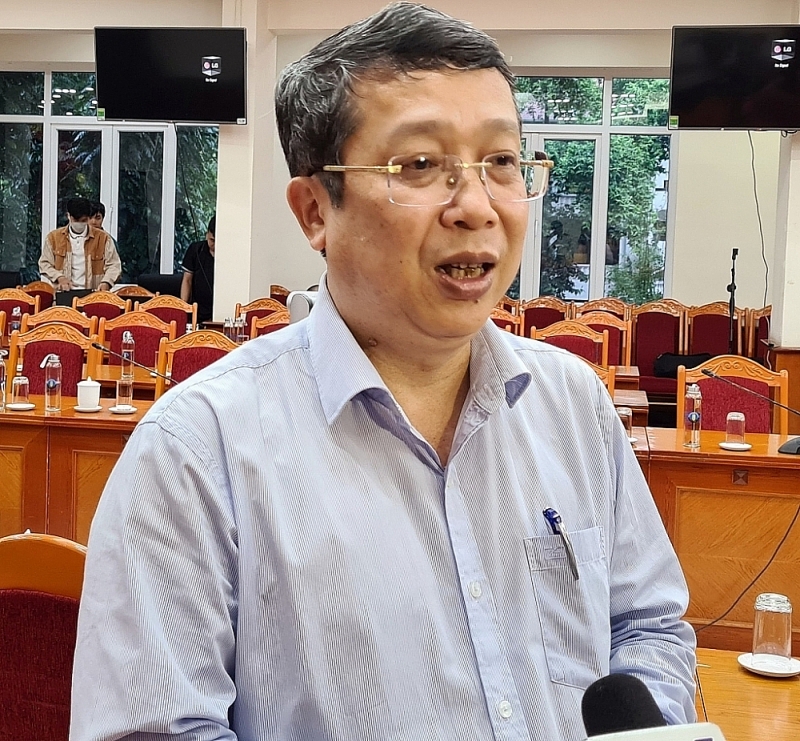 |
| Mr Hoang Trung, Director of Plant Protection Department, Ministry of Agriculture and Rural Development. |
After online checking of Vietnam's durian growing area codes and packing facilities, the General Administration of Customs of China has officially approved 51 planting area codes, and 25 durian packing facility codes of Vietnam are allowed to export to China. How do you rate this result?
The list of 51 growing area codes and 25 packing facilities is in compliance with substantive assessment from the Chinese Customs authority. However, the Vietnamese side has more expectations. Therefore, in the future, from the perspective of professional agencies and businesses, it is necessary to make more efforts to implement the recommendations of Chinese Customs.
Currently, the Plant Protection Department has a detailed plan to actively respond to the next examination of China Customs in cooperation with Vietnam's plant quarantine agency to conduct online inspection activities to assess packaging facilities and the planting areas. Therefore, Vietnam will fully meet their requirements.
Recently, there were 18 durian trucks to Lang Son and provided authorization to use the planting area code and packing facility approved by China, but upon verification, this durian garden has not been released or only has young fruit. How will this growing area code fraud be controlled, Sir?
Recently, some businesses brought goods to Lang Son without the authorization of cooperatives. As a result, the Plant Protection Department has asked the quarantine agency not to accept such registration documents.
| The Protocol on phytosanitary requirements for durians exported from Vietnam to China took effect on 11/7. Currently, 51 growing area codes and 25 durian packing facilities are in 13 provinces approved by China Customs. However, five provinces have not yet had an approved durian growing area code, including An Giang, Gia Lai, Dak Nong, Vinh Long, and Soc Trang. In addition, seven provinces have units requesting to stop (delay/cancel) the inspection: Binh Phuoc, Tien Giang, Dak Lak, Dong Nai, Ben Tre, Lam Dong, and Gia Lai. |
It must be affirmed that, up to now, no enterprise has dared to impersonate the durian growing area code or print these codes on the packaging boxes to export to the Chinese market. Enterprises only want to be authorized by the owners of the planting area codes. However, enterprises could not show a written authorization for the owner of the planting area or packing establishment when required.
The Plant Protection Department has directed the plant quarantine system at all border gates only with the guidance of the Plant Protection Department and the official notification of the code that the Chinese side has approved—on those codes, plus authorization documents, and at the same time, based on the output of each code to deduct and control the total output per code. This helps to avoid the case that, in a code with an output of about 20 thousand tons (for example) but exported to 30-40 thousand tons. With the current quarantine system and control tools, it is possible to control and ensure the interests of the owner of the growing area code as well as the packing facility.
As specialized agencies to manage this issue, the Plant Protection Department said that for businesses to best prepare for purchasing, packaging, printing the code of the growing area and packing facilities following the requirements of the Chinese Customs requires at least one more week to complete. Therefore, early next week, the first batch of durian will be officially exported to the Chinese market.
Opening the market is challenging, and keeping the export market is even more difficult. Do you have any recommendations for businesses and farmers to maintain and exploit the Chinese market in durian export?
Stabilizing the Chinese export market requires more effort, especially, Vietnamese enterprises must fully comply with the Protocol's provisions and raise the awareness of enterprises, local specialized agencies, owners of growing area codes, and packing facilities.
Specifically, grower code owners and packers should never forget that this is their growing area number, their packer, their ownership and responsibility for complying with the requirements, and guidance from professional bodies. Therefore, maintaining that growing area code and fully meeting the technical requirements under the signed Protocol must always be paid attention to throughout their production activities. Only in this way can Vietnam maintain its market share and expand its market share in this billion-dollar export market.
It is said that the granting of planting area codes should be one step ahead in order to meet the domestic market before considering the export problem. What is your point?
This is an entirely correct opinion. Vietnam already has precise regulations. The development of the planting area code does not differentiate between domestic consumption and export; Instead, it is developed to fully meet the criteria to serve domestic consumption first and then towards export. The Plant Protection Department and related departments of the Ministry of Agriculture and Rural Development will methodically implement this issue in the coming time.
However, it should also be affirmed that the co-planting code's inspection, assessment and issuance must comply with the importing country's requirements. Each importing country has different regulations. For example, the same code of growing area but when exported to different markets, the pests are also of different interest, the residue levels are also different, and the log records are also different. This is constantly changing and needs to be market-dependent instead of assessing the domestic growing area code.
Thank you Sir!
Related News

Increasing consumption demand, steel enterprises have many opportunities
07:43 | 31/12/2024 Import-Export

The Middle East: a promising seafood export market for Vietnam
07:43 | 31/12/2024 Import-Export
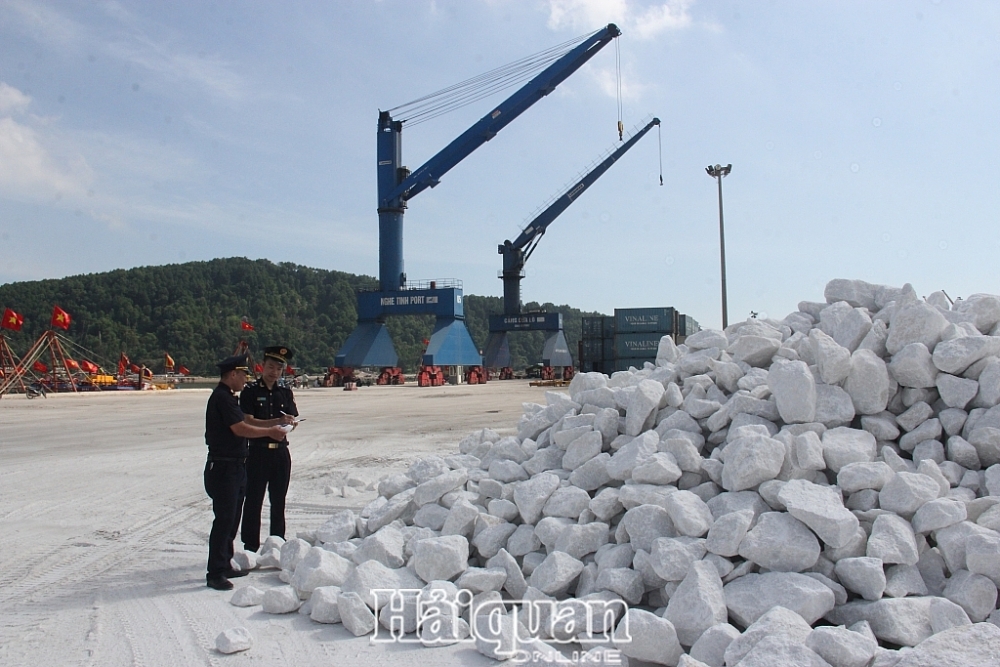
Export tax rates of 13 commodity codes to increase to 20% from January 1, 2025
13:46 | 28/12/2024 Regulations
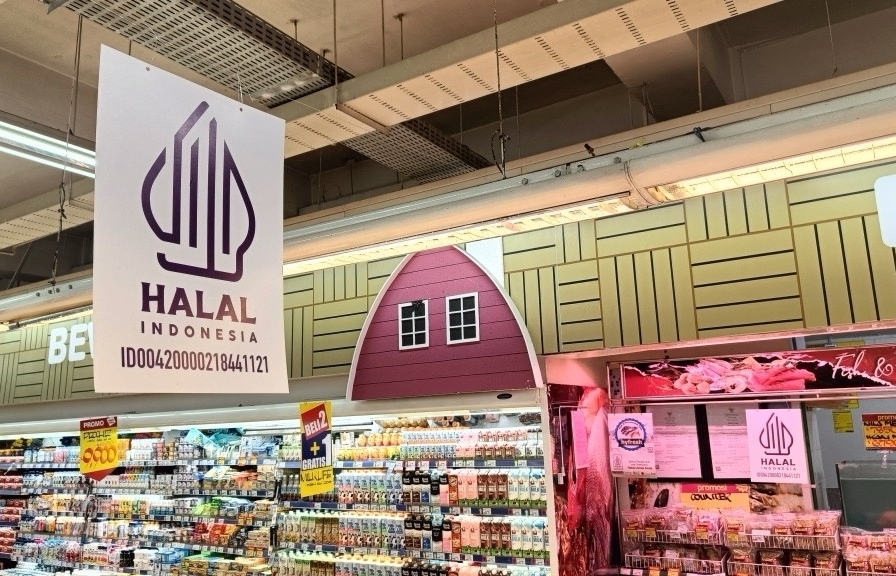
Halal Market: The Door is Wide Open, How to Exploit It
14:23 | 29/12/2024 Import-Export
Latest News

Vietnamese products gain popularity in the UK, EU
14:39 | 03/01/2025 Import-Export

Việt Nam set to become regional manufacturing tech hub this year
15:53 | 02/01/2025 Import-Export

Computers, electronics and components lead imports in 2024
15:51 | 02/01/2025 Import-Export

Hardware and electronics exports rebound
13:31 | 01/01/2025 Import-Export
More News
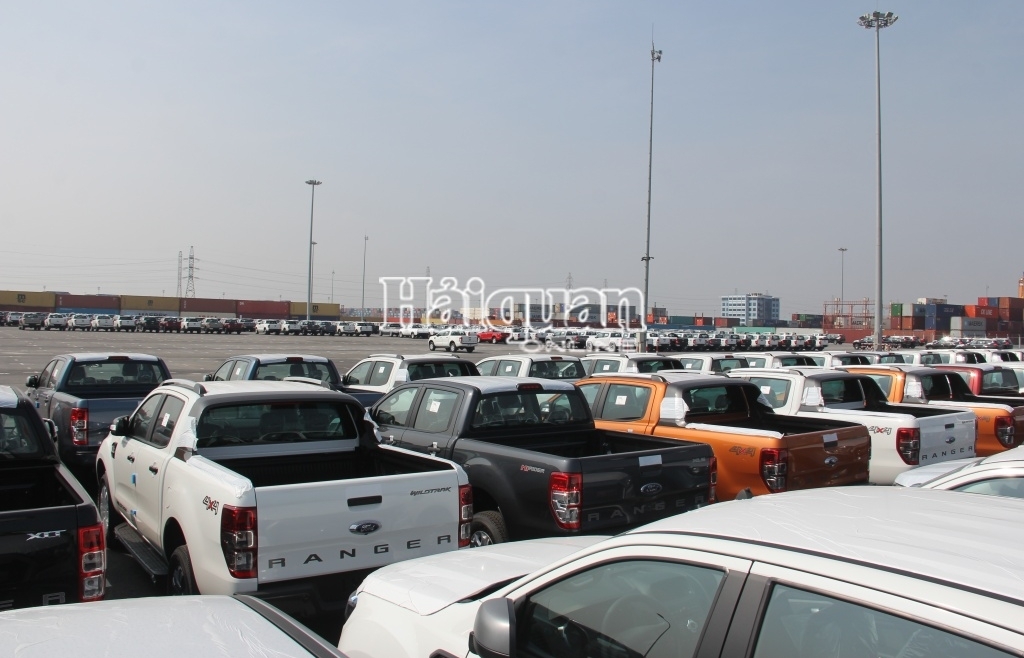
Imported automobiles show a declining trend in early December
15:30 | 31/12/2024 Import-Export

Footwear industry set to gain $27 billion in export this year
15:29 | 31/12/2024 Import-Export

Rice export sets new record in 2024, but 2025 expected to be tough
15:28 | 31/12/2024 Import-Export

Lower steel export forces businesses to eye domestic market
15:25 | 31/12/2024 Import-Export

Industrial production maintains rapid and throughout bounceback
15:20 | 31/12/2024 Import-Export
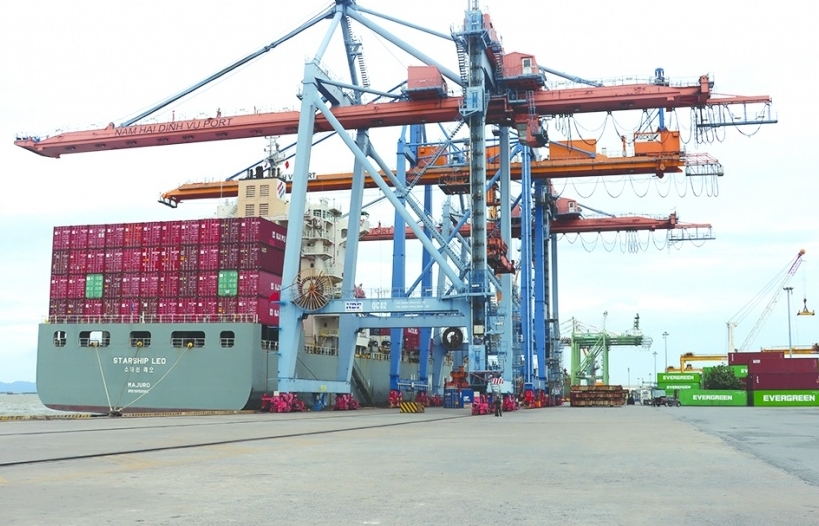
Six export commodity groups see billion-dollar growth
07:55 | 31/12/2024 Import-Export
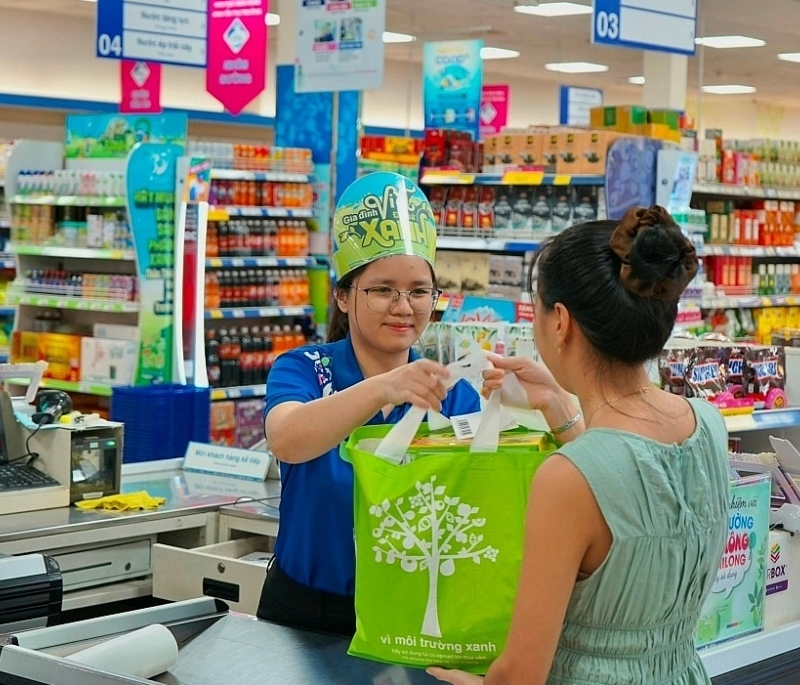
Sustainable Green Development: New Driving Force for the Retail Industry
07:44 | 31/12/2024 Import-Export

Sustainable opportunities for Vietnamese goods to penetrate the global market
13:54 | 30/12/2024 Import-Export

Top brands in Việt Nam in 2024 revealled
13:54 | 30/12/2024 Import-Export
Your care

Vietnamese products gain popularity in the UK, EU
14:39 | 03/01/2025 Import-Export

Việt Nam set to become regional manufacturing tech hub this year
15:53 | 02/01/2025 Import-Export

Computers, electronics and components lead imports in 2024
15:51 | 02/01/2025 Import-Export

Hardware and electronics exports rebound
13:31 | 01/01/2025 Import-Export

Imported automobiles show a declining trend in early December
15:30 | 31/12/2024 Import-Export





